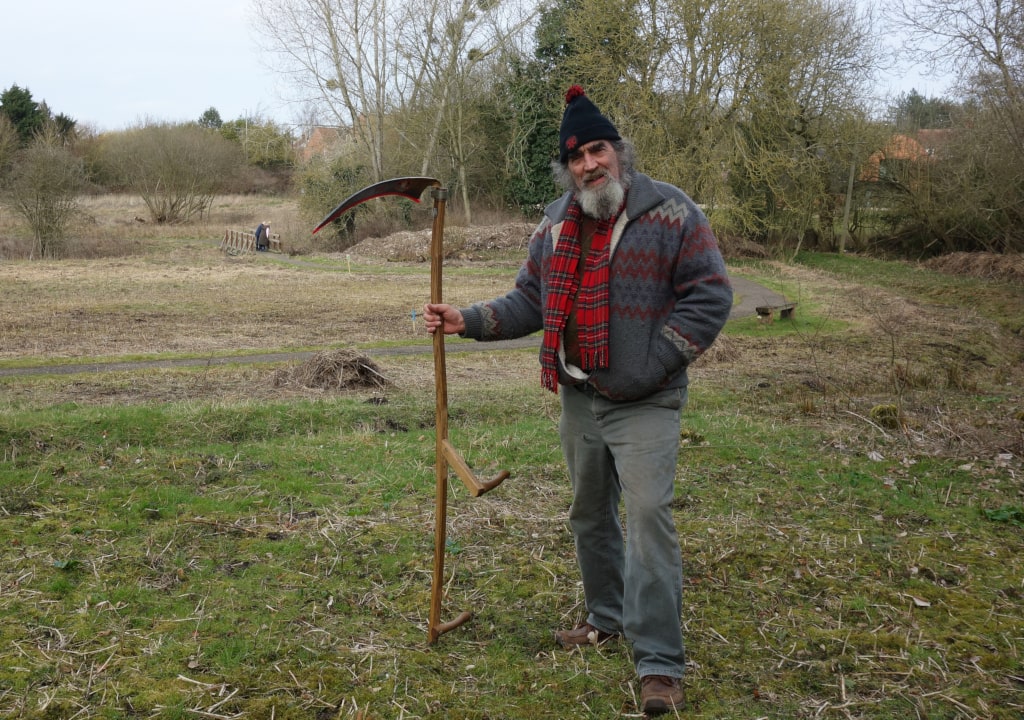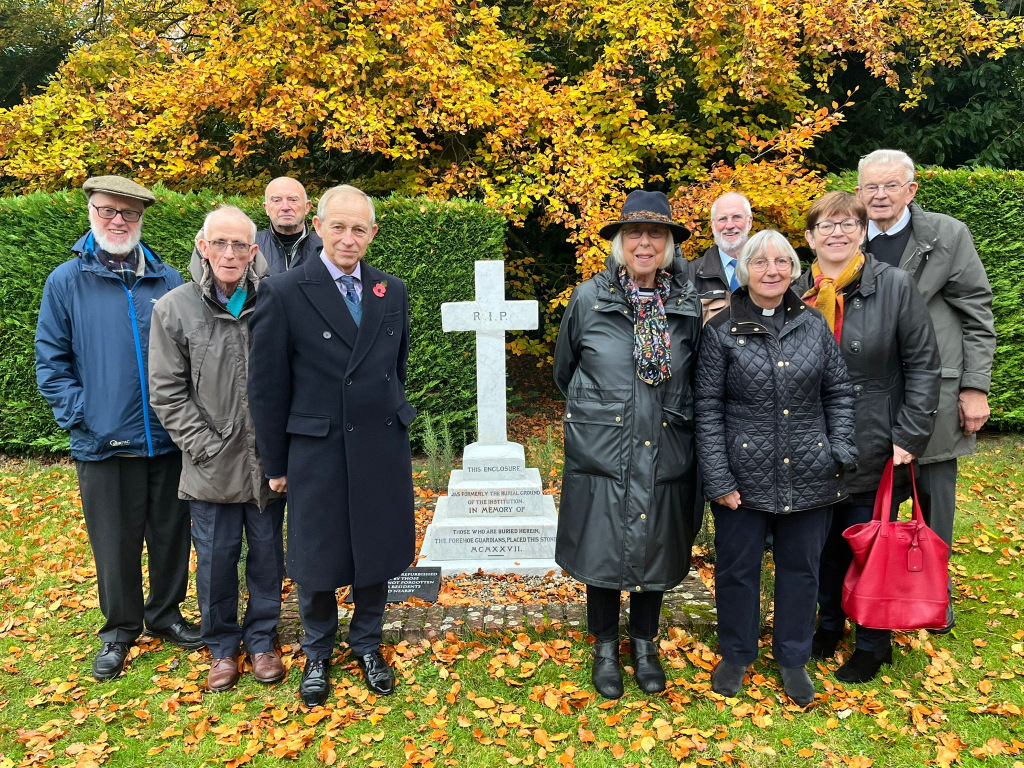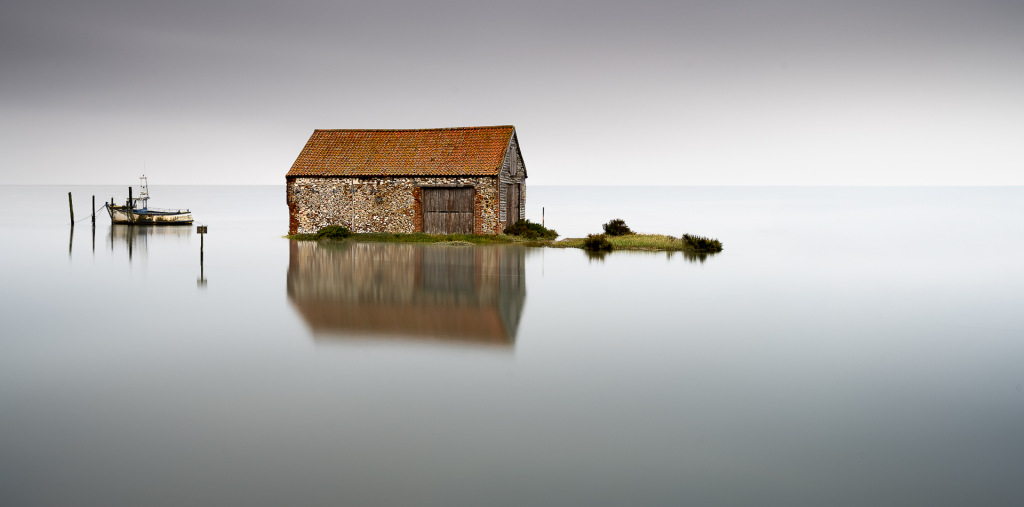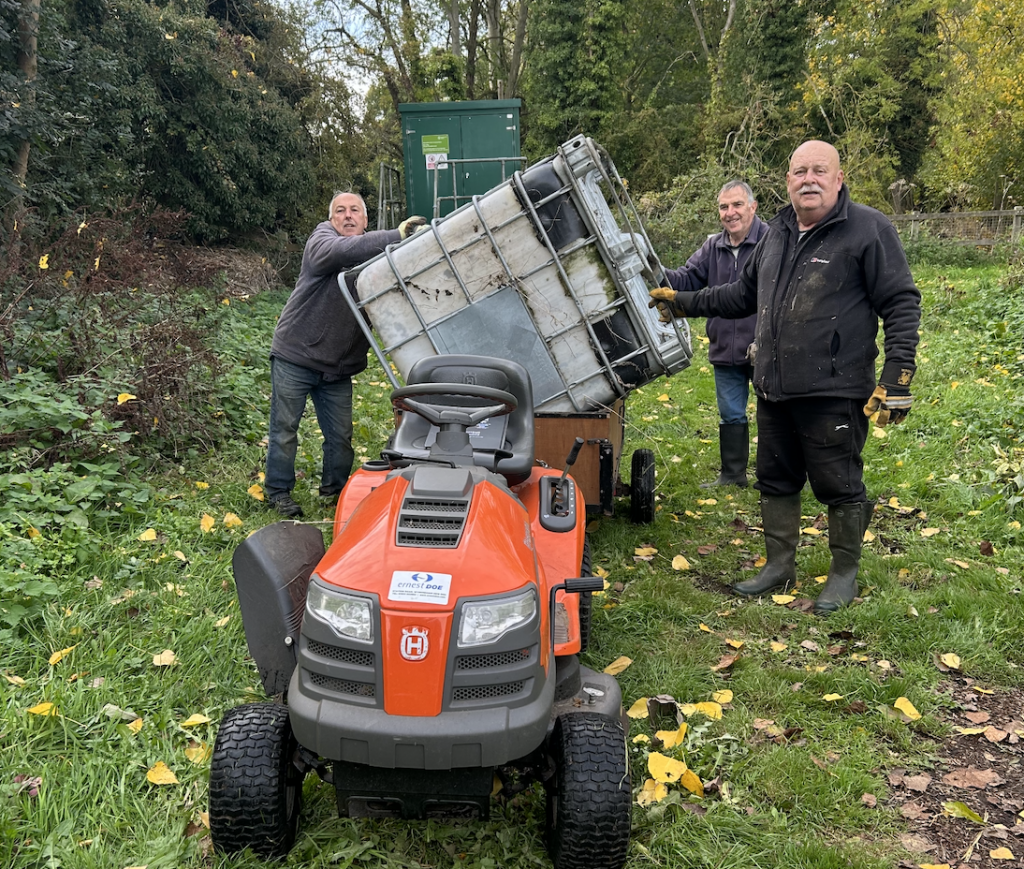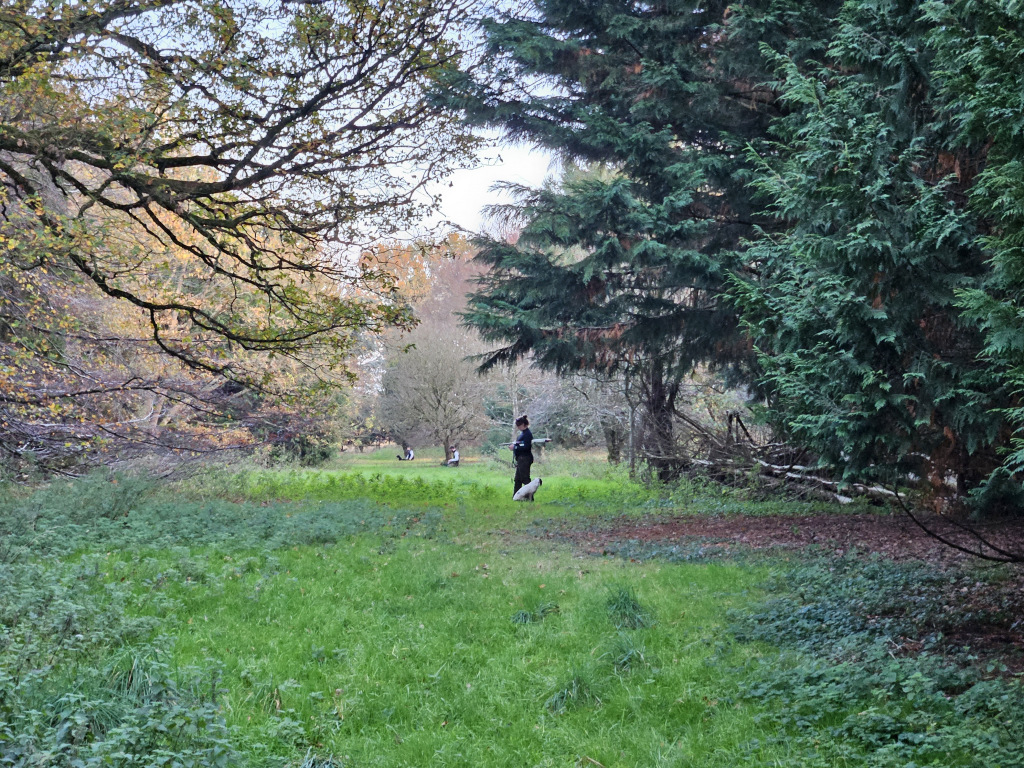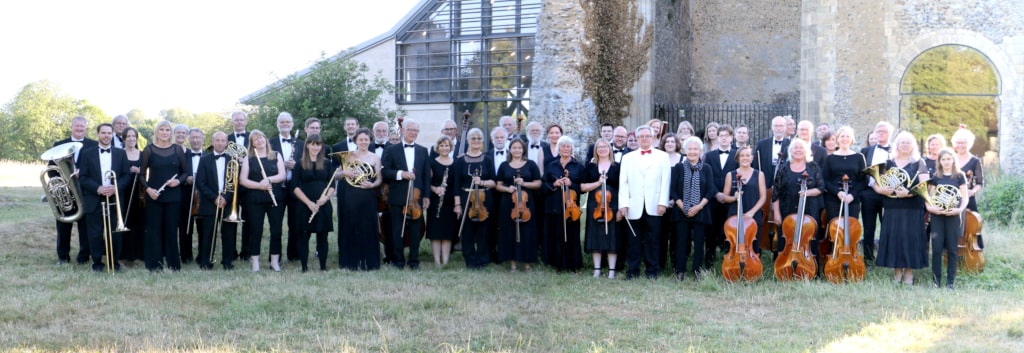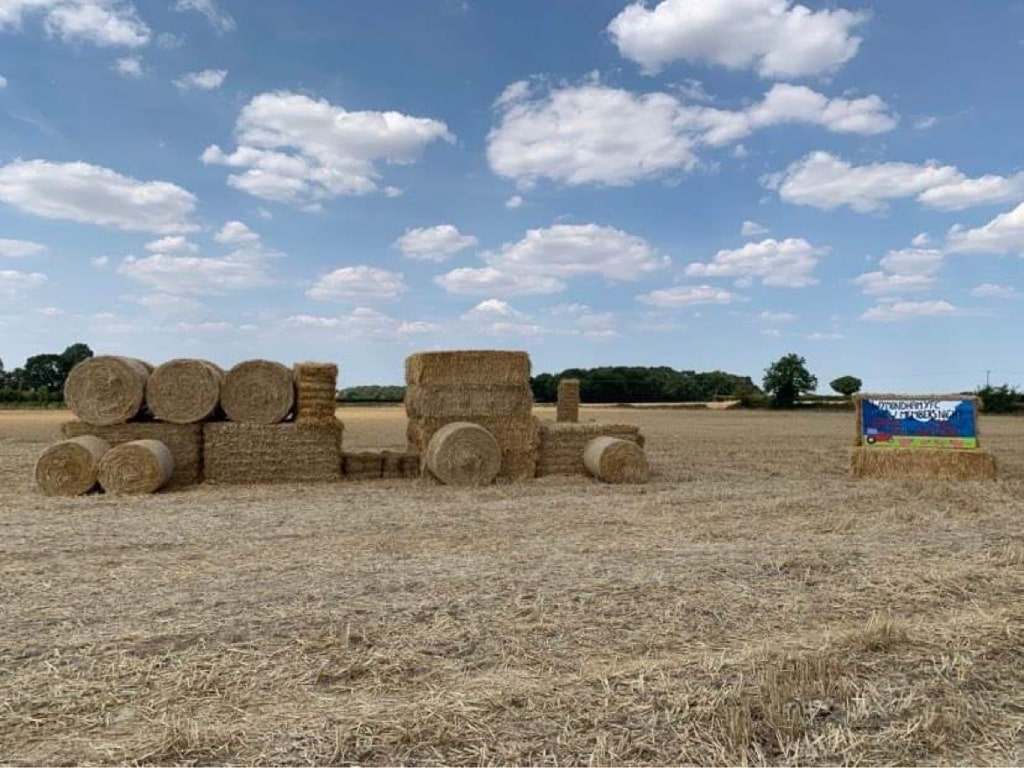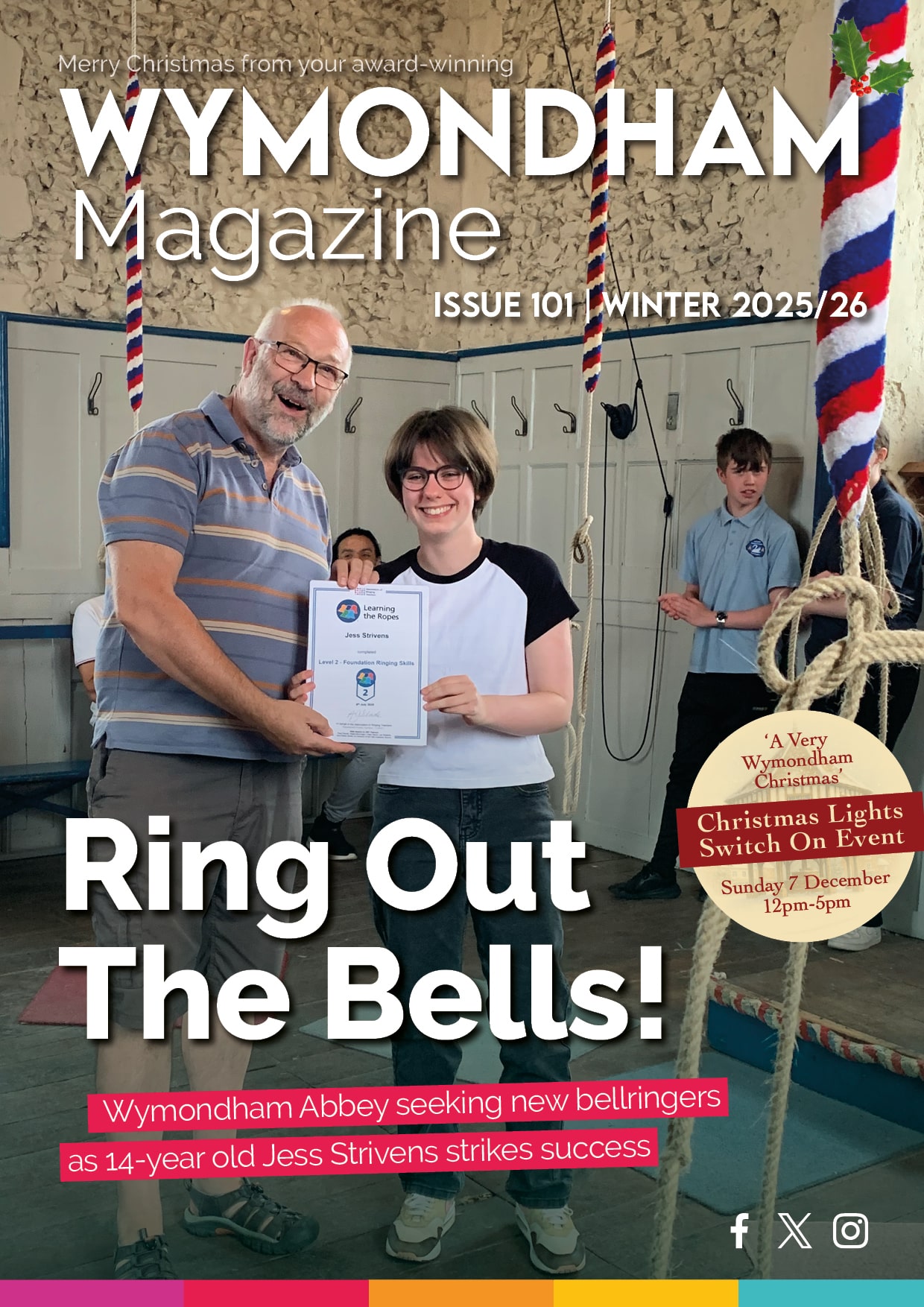Despite the background hum of traffic from nearby London Road, Toll’s Meadow offers a tranquil haven for wildlife, nature lovers and dog walkers in Wymondham. The four-and-a-half-acre nature reserve is owned by the Town Council, who bought it in the 1990s. There are two main entrances: on Cemetery Lane and London Road. It is looked after by nature warden, John Beckett, together with his team of volunteers, who carry out maintenance work and hold nature events, depending on the time of year. We sat down on a log with John to find out more:
How did you get involved as warden of Toll’s Meadow?
I took over as warden about six years ago. I’m a retired high school science teacher and had some time for volunteering, so when I heard they were looking for someone to help out with nature conservation I went along. I’d been involved with nature organisations in different capacities since the late 1970s, so they felt I would be suitable for the warden’s job here.
Who are the volunteers and how can people interested in volunteering contact you?
We have an enthusiastic bunch of volunteers and numbers vary from about eight to 16. Some of them have been coming for more than 10 years and some are in their eighties now. We’re getting an influx of people coming to Norfolk and they’ve shown an interest, as a sort of touch-point for their new lives here. We’re a very friendly group, with great camaraderie and we have great fun. We have different types of people who volunteer, from a wide range of backgrounds. Some are also involved with other groups such as Greening Wymondham or the Lizard group. With conservation volunteering there’s something for everybody, whatever age. You’ll see people arriving now and I’m giving them tasks appropriate for their ability or skill level or interest. Youngsters are allowed if accompanied by a parent. We have some youngsters who come for voluntary community service or to learn new skills for their Duke of Edinburgh award.
We’re open to new members who can contact us via the Facebook page, Wyng Wymondham Nature Group, or through the Wyng committee of the Norfolk Wildlife Trust.
How often do you and the volunteers come to Toll’s Meadow?
We come every fourth Sunday of every month, and between October and March every second Sunday as well. In those months we do practical conservation management work, from around two o’clock to four o’clock. In the summer months we have nature-based activities such as birdwatching, butterfly surveys, insect observation or guided walks. Start times are flexible, depending on the event.
What type of work do you do and how does it vary according to the season?
We’re coming to the end of our practical period now at the end of March, when the flowers grow and the birds start nesting, so we don’t disturb them. This location is a marshy site in an urban area which is quite rare so it does have some protection as a county wildlife site and it’s also a LNR - a local nature reserve. The work reflects the marsh and the river, so a lot of cutting of grasses and marsh plants, and removal of the marsh litter to reduce the fertility in the ground to encourage flowers like orchids, meadowsweet and ragged robin, and to discourage brambles and nettles. If we didn’t cut the marsh, it would become a woodland thicket, like the section over the bridge to the left which we call “the Jungle”. By cutting back we prevent the marsh from becoming a closed thicket and open it up, letting in light to encourage lovely flowers to grow. Sometimes we leave the willows to grow and we get a coppice. We get deer here and you can see how these trees have been flayed by antlers of a muntjac deer, so to get around that we cut the willow or pollard it.
We also create new hedging and lay and plash old hedging, so we end up with a nice boundary fence along Cemetery Lane. We use hazel or willow for the hedge and birds nest there. There’s also some woven willow fencing which we use in areas where we want to deter the public from going and create bramble thickets for birds, or where it’s dangerous, marshy and wet.
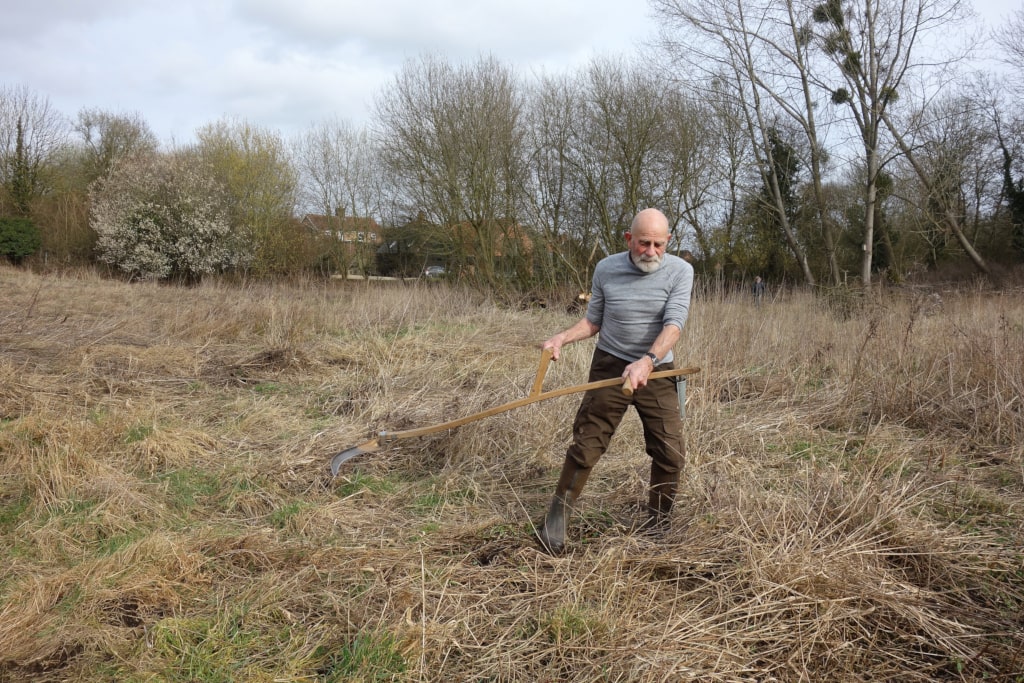
The River Authority generally looks after major issues to do with the river; we just try to discourage people from letting dogs go in the river by putting twiggy branches around as there’s a water vole population that breeds and they’re quite rare nationally, so we don’t want dogs to kill them. And we might also clear any fallen trees or litter from the river.
In summer we just do basic maintenance: litter picking, clearing around the edges of paths and putting out signs for the different flowers for people to see; the emphasis is more low key. And then we do events as I mentioned earlier.
What are these volunteers doing here now?
This couple were earlier putting some protection around the newly planted trees to stop the deer eating them, and right now they’re dragging the piles of marsh litter into a big heap away from the marsh and creating habitats for small mammals and birds to live in.
What type of birds do you get here?
We’ve got a good selection of birds because we have a range of habitat - meadow, marsh, river and river edge, some thick woodland, mature trees and hedge – so all of these attract different birds. By late April-early May, migratory birds arrive, singing and establishing territory. On a morning, you might see about 20 different birds. You may see a kingfisher flash up and down the Tiffey, egrets from time to time, sparrowhawks which breed in the cemetery fly by, so do kestrels, occasionally buzzards, and the peregrine from the Abbey tower also comes down here. We’re not sure about owls, but it’s a lovely habitat for the barn owl to hunt at night. There are small migratory birds like the blackcap, chiffchaff, willow warbler, and others. They all look similar, but they have different calls. And then the usual common birds: tits and finches, robins, song thrushes, jays, crows, and others.
Why do people come here and what are the benefits?
People come here for different reasons. It’s somewhere nice and peaceful for people to walk their dogs, and people just come and sit on a bench enjoying the fresh air and view, then people pass through between the railway station and the town, people who enjoy birdwatching, and those who like the practical conservation work. There are a lot of benefits for mental health and wellbeing - getting a daily dose of fresh air and greenery is going to do you good, even if just for 10 minutes.
When and how did you develop your interest in and love of nature?
When I was at primary school in the 1960s I started collecting feathers and skulls, and our teacher took us to see birds nesting. I studied ecology, soil science and geochemistry at UEA, then got into the Broads Authority, where I met my wife, then a forestry project, conservation work with young people, teaching at a field centre, then 20 years’ teaching in a high school. My wife, Sandy, and I have been involved in conservation since about 1981 and she comes and helps here as well. She’ll be along later with homemade flapjacks.
You also write poetry inspired by your love of nature. Can you share a poem with us here?
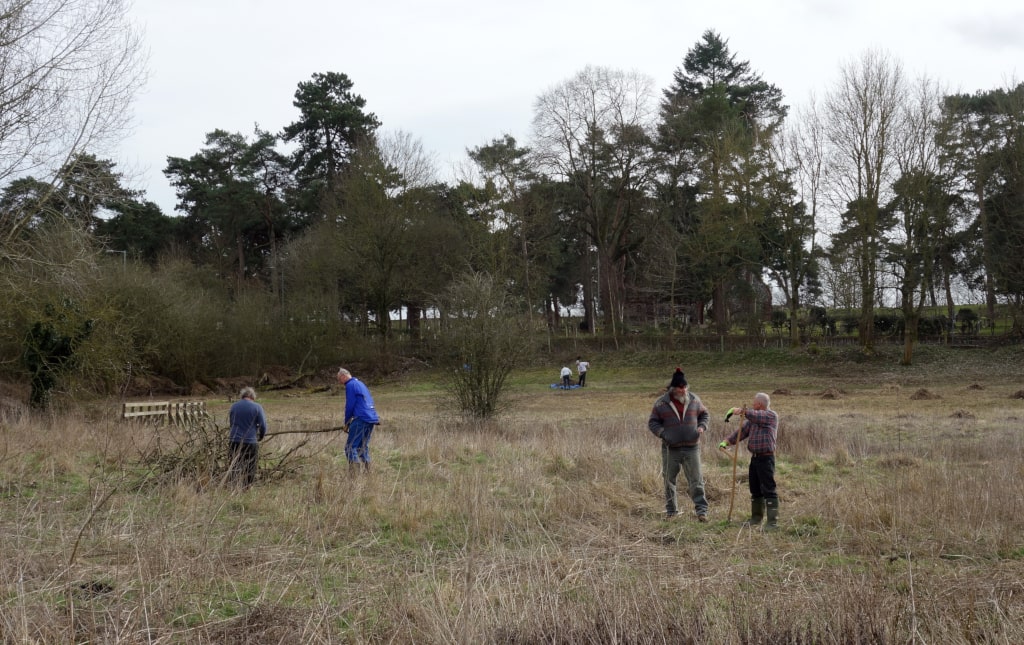
Here’s one I wrote about the marsh:
Frozen Marsh
This frozen marsh
Is hard as stone
She's sleeping till the spring,
And now and then
Her slumbers stir
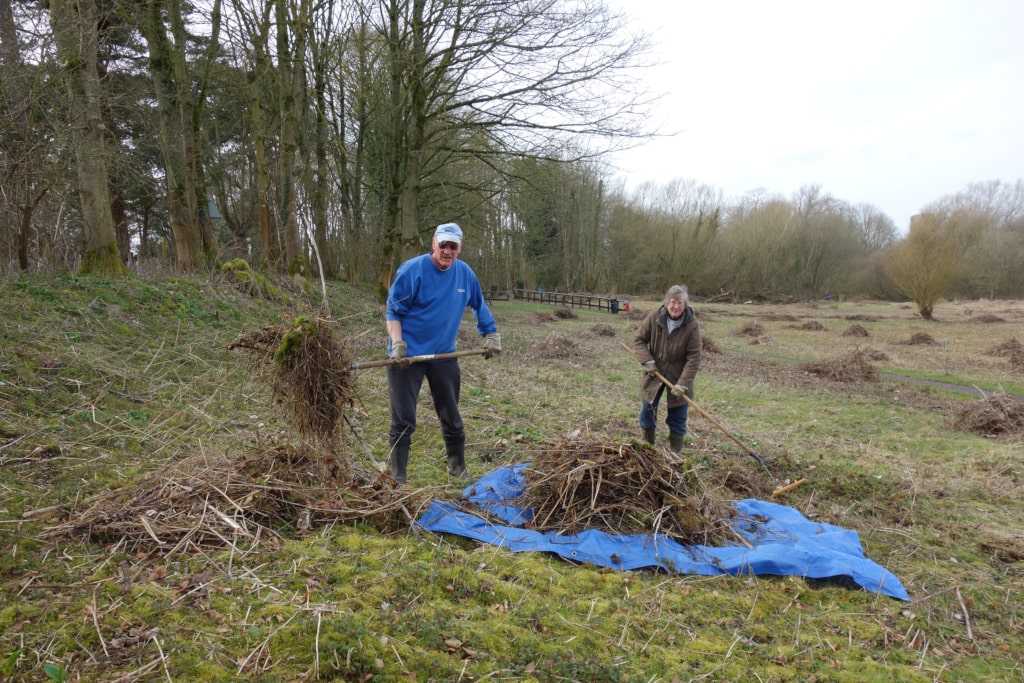
With every breath
Of each wild thing
You frozen marsh
Stay sleepy till the spring.
Finally, let’s hear from a few of the volunteers:
Mary and Michael: We’ve been volunteering for about 10 years now. It’s lovely meeting nice people, being out in the open for a couple of hours and getting a good night’s sleep afterwards. We’re fair-weather volunteers though!
Alison: I only started volunteering this winter. It’s nice to get out in the fresh air and chat to people. I’ve always had an interest in nature, and I think it’s important to conserve what we’ve got here in Wymondham.
Mike: I’ve been here about five years now. Having given up my school governor duties I was looking for volunteer work. I enjoy a couple of hours with different people, some exercise and fresh air. I’m doing scything right now – we did training for this on the wettest day of the year!




